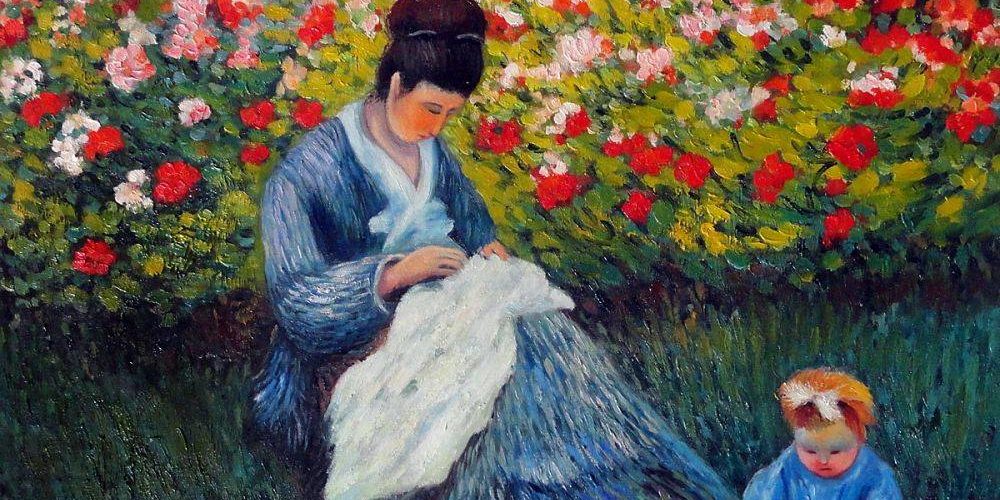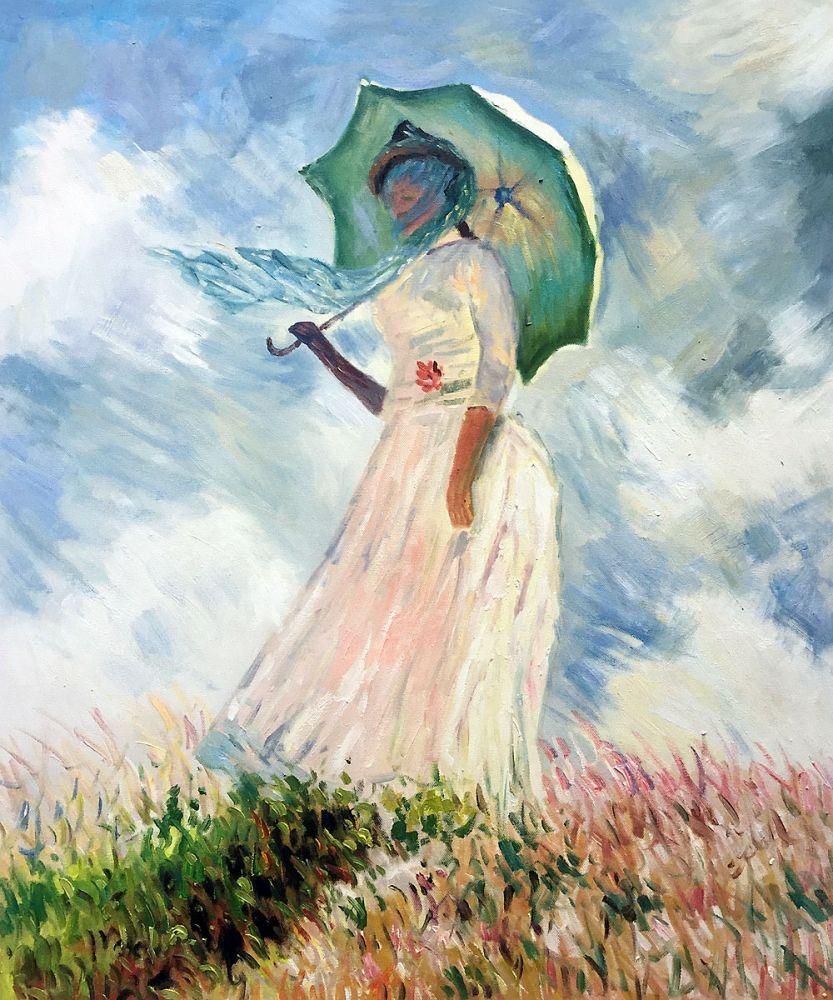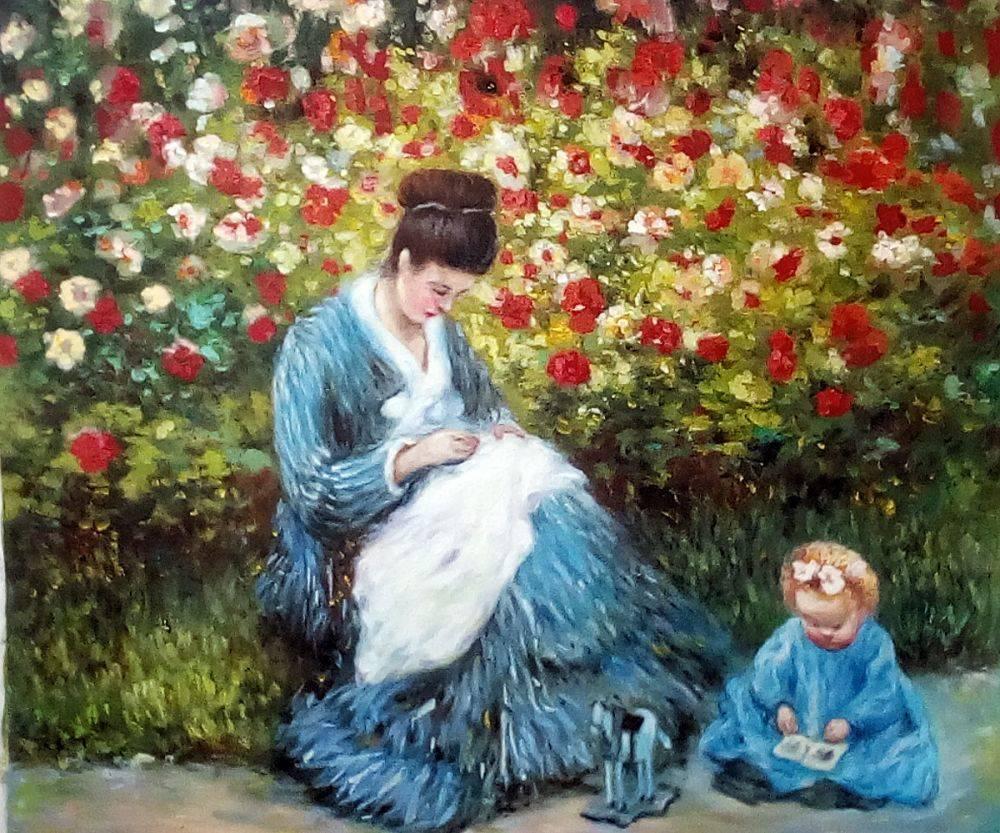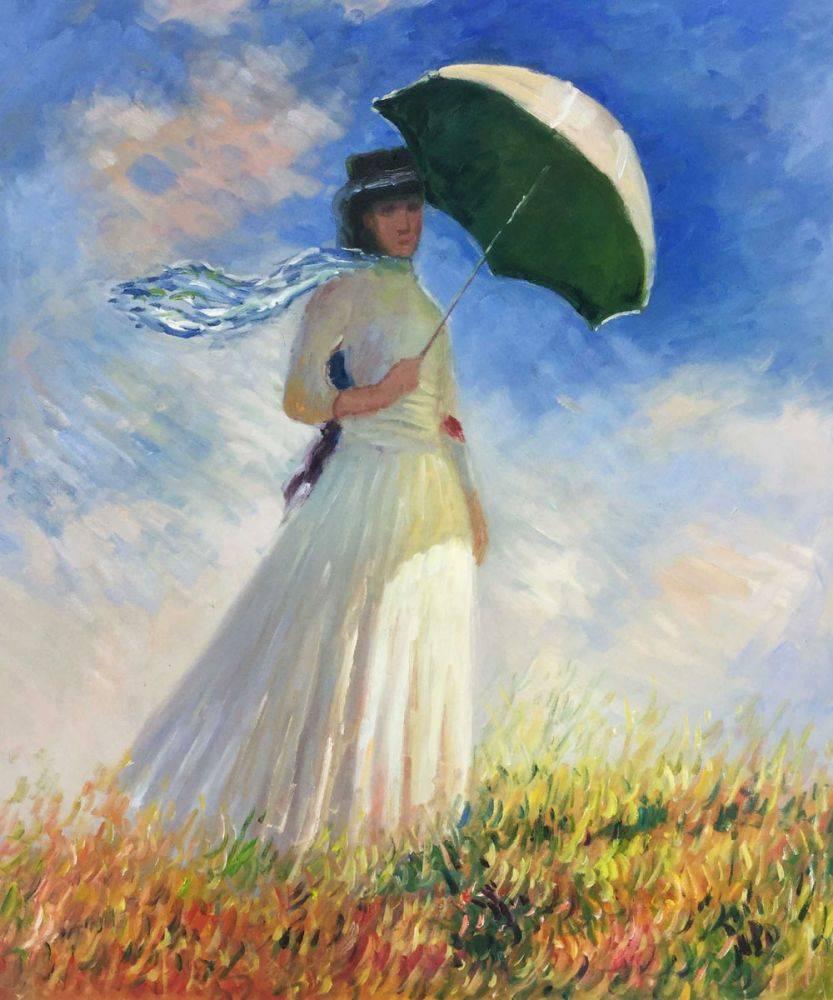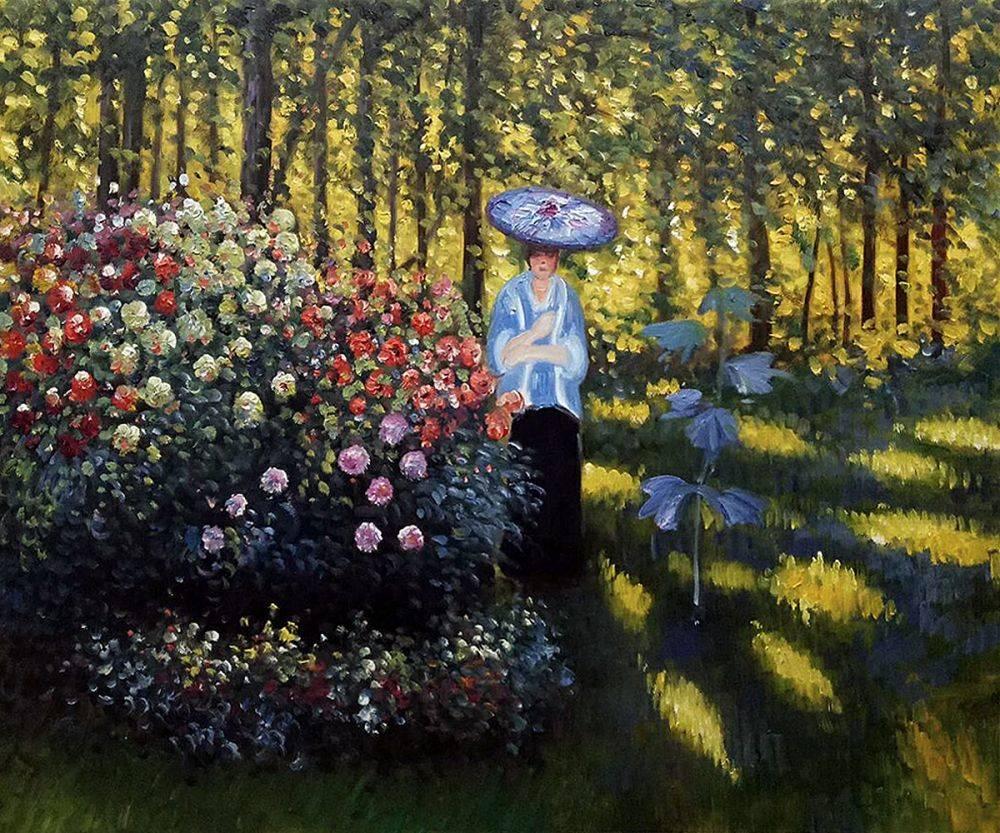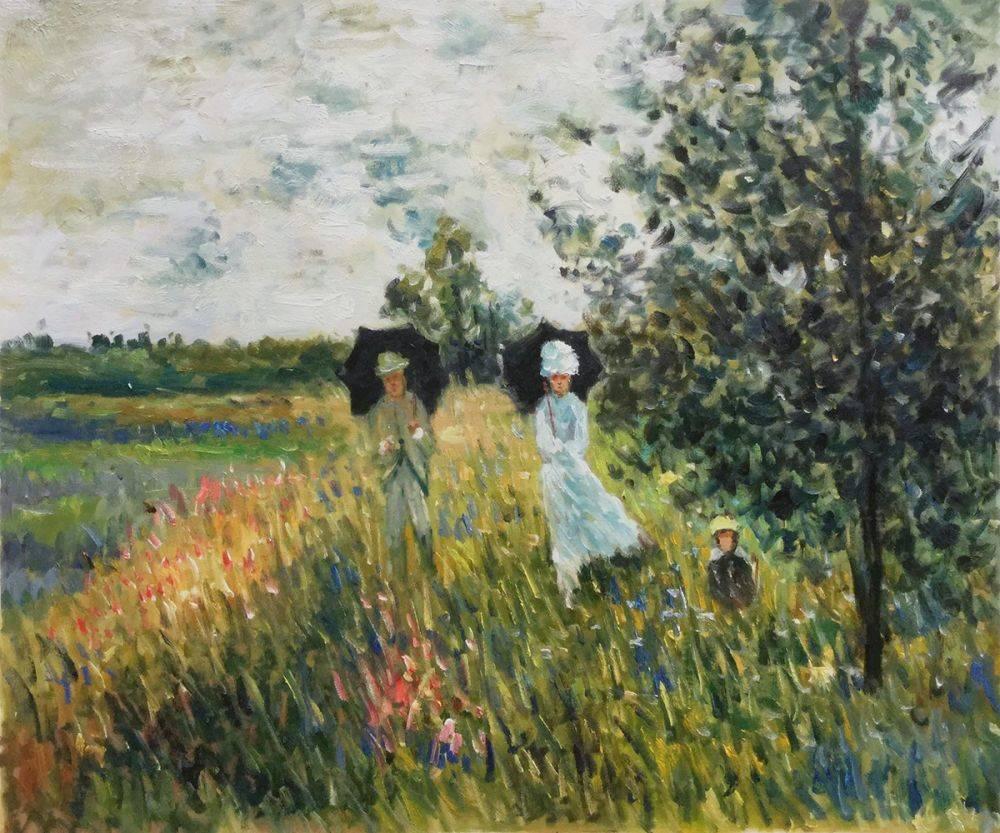Art
Art Reflections
Camille Doncieux, Muse to a Master
Camille Doncieux was Claude Monet’s first wife. They met while he was still a poor struggling artist and she was a painter’s model. She modeled for him first, then became his mistress. Against the wishes of his family, Monet decided to marry her in a small private ceremony performed on a town hall. Her parents attending, but all of his family refused. She was seven years younger than him, but considered very beautiful and intelligent. Camille was also a model for other artists of the time, including Pierre-Auguste Renoir and Edward Manet.
During their marriage, the couple often moved due to financial difficulties. During this time of transitions, Monet was able to paint most of the beautiful landscapes he is known for. Although he was able to achieve some moderate success with some of the salons, it never amounted to much wealth for their growing family. Camille gave Monet two son’s during their marriage, Jean and Michel. Much of Monet’s earning went to care for his wife, who fell ill and was in need of both care and medicine. Unfortunately her health had deteriorated and she died shortly after the birth of their second son. She was only thirty-two and the exact cause is still unknown.
Having a great artist for a husband, meant that Camille would leave behind a legacy in his artwork. She was the subject in many of his most famous works, including the renowned paint Woman in a Green Dress. This was one of Monet’s most successful paintings while he was alive and was greatly admired by the art community. Many paintings depict both Camille and their children, in often idyllic nature settings. Other pieces that include her are Woman in the Garden, On the bank of the Seine, and sadly Camille Monet on Her Deathbed. Monet found inspiration with her even in her final days.
Regardless of how brief their marriage was, most people believe that it was a happy love story that came to a tragic end by her death. Camille married him while he was still struggling and did not get to enjoy all the acclaim he would one day receive. Her contribution to his work was undeniable and can now be admired by the world. Camille Monet shows how the subject of a painting can be just as important as the artist who paints it.
